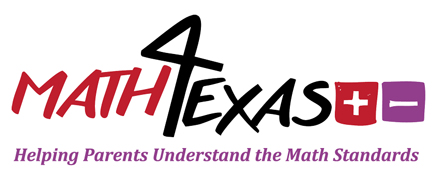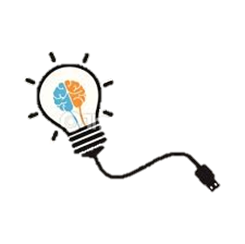T.I.P.S.
-
 Students must be able to use strategies and algorithms to multiply up to a four-digit number by a one-digit number. They must also be able to do the same thing when multiplying a two-digit number by a two-digit number. There are several strategies and properties including the commutative, associative, and distributive properties that can be included.
Students must be able to use strategies and algorithms to multiply up to a four-digit number by a one-digit number. They must also be able to do the same thing when multiplying a two-digit number by a two-digit number. There are several strategies and properties including the commutative, associative, and distributive properties that can be included.
Example
-
Sharon’s cell phone bill is $65 every month. If she makes no changes to her current plan, how much will Sharon pay for the next 18 months? Explain your thinking.
Area Model with Multiplication
Digital Tools
-
Click on the following links for interactive games.
Resources
-
Click on the following links for more information.
TEKS
-
4.4 Number and operations. The student applies mathematical process standards to develop and use strategies and methods for whole number computations and decimal sums and differences in order to solve problems with efficiency and accuracy. The student is expected to:(D) use strategies and algorithms, including the standard algorithm, to multiply up to a four-digit number by a one-digit number and to multiply a two-digit number by a two-digit number. Strategies may include mental math, partial products, and the commutative, associative, and distributive properties





 Click
Click 

